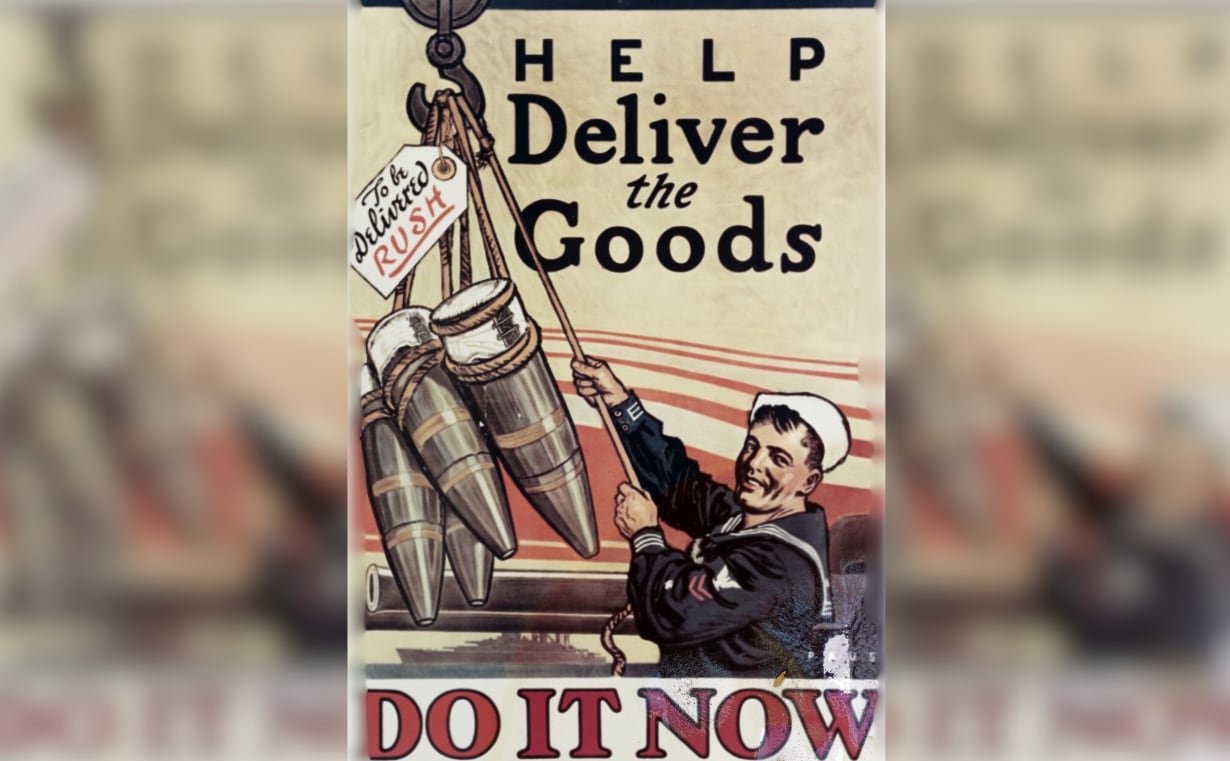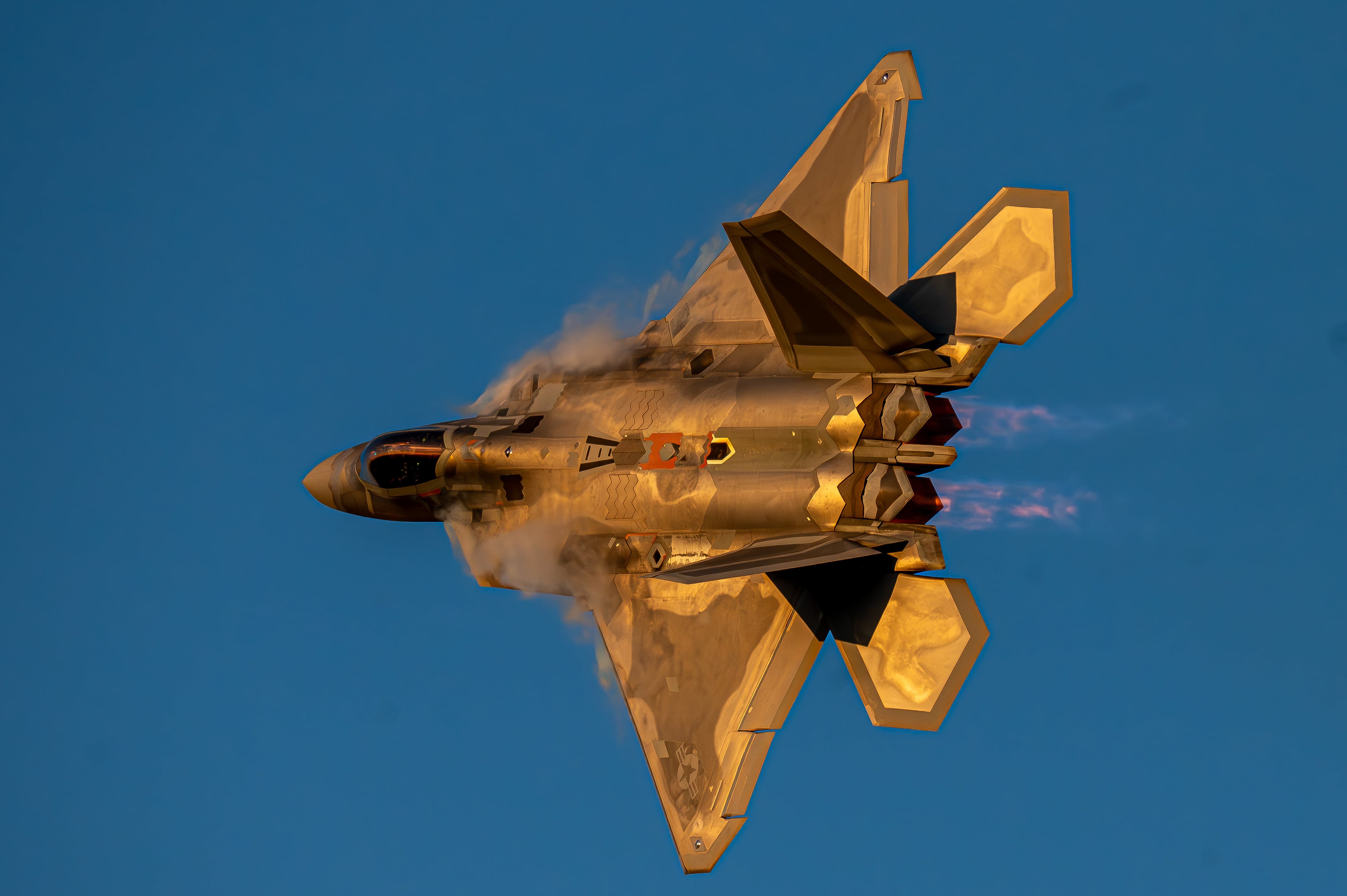The USS Missouri has borne witness to some of modern military history’s most monumental events, but its role in one affair involving Cher gyrating in a fishnet G-string left the Navy blushing over the “Mighty Mo.”
In 1945, after the mammoth 45,000-ton battleship helped defeat the Axis powers in hallowed places such as Iwo Jima and Okinawa, Japanese foreign minister Mamoru Shigemitsu and his glum-faced delegation surrendered aboard the ship. In 1950, it was the first American battleship to slice through Korean waters.
And in 1989, the Navy, flush with the notion that a singer, songwriter and actress of Cher’s caliber would aid in recruiting numbers, permitted the singer to film the music video of her latest hit, “If I Could Turn Back Time,” on the storied ship in front of throngs of eager, cheering sailors.
The video “was an opportunity for us to get national exposure and reach the lucrative recruitable youth audience that watch MTV,” one Navy official told the Washington Post in 1990.
One would bet that the Navy wishes it could “Turn Back Time” on that decision.
While the Navy had reviewed the music video’s story line — Cher’s producers had originally proposed a video about a sailor who gets a “Dear John” letter aboard ship — whoever approved of the recruiting plan clearly didn’t know much about Cher and her zany love to dare to bare.
The Navy had neglected to ask about one crucial tidbit: exactly what (or if) the songstress was planning to wear.
They assumed (and you know how that goes) that she would be sporting a Navy coverall.
Instead, at 2 a.m., Cher rolled up to the Mighty Mo wearing what can only be described as two slips of black fabric covering the bare essentials, a black and gold belt holding up approximately nothing, and a “transparent net body stocking and two posterior tattoos the size of pancakes,” wrote the Los Angeles Times.
But the surprises didn’t stop there.
Upon seeing the ahem, massive, stiff guns aboard the battleship, Cher seemingly couldn’t help herself and, um, hopped on top.
The guns that were once active off the coast of Iwo Jima and Okinawa were suddenly being ridden by a bare-bottomed Goddess of Pop.
Oh, how the “Mighty” had fallen.
“One can only imagine how retrospective the Navy brass was to see Cher riding the guns like Debra Winger on a mechanical horse and undulating in front of a sea of 150 real sailors,” the Washington Post later wrote of her performance.
The Navy wasn’t the only one displeased with the performance. MTV initially banned the video from playing on its platform, but later rolled back that policy and aired it only after 9 p.m.
In hopes of placating the Navy, Cher extended an olive branch and filmed portions of the music video with a modicum of more clothing on.
For the Navy, however, it was too little, too late. The branch decreed that no musician would ever be allowed to film music videos on U.S. ships ever again.
This is why we can’t have nice things.
Meanwhile, we still have this:
This story originally appeared on HistoryNet.
Claire Barrett is the Strategic Operations Editor for Sightline Media and a World War II researcher with an unparalleled affinity for Sir Winston Churchill and Michigan football.
In Other News














